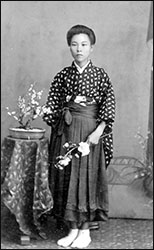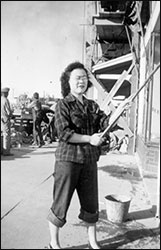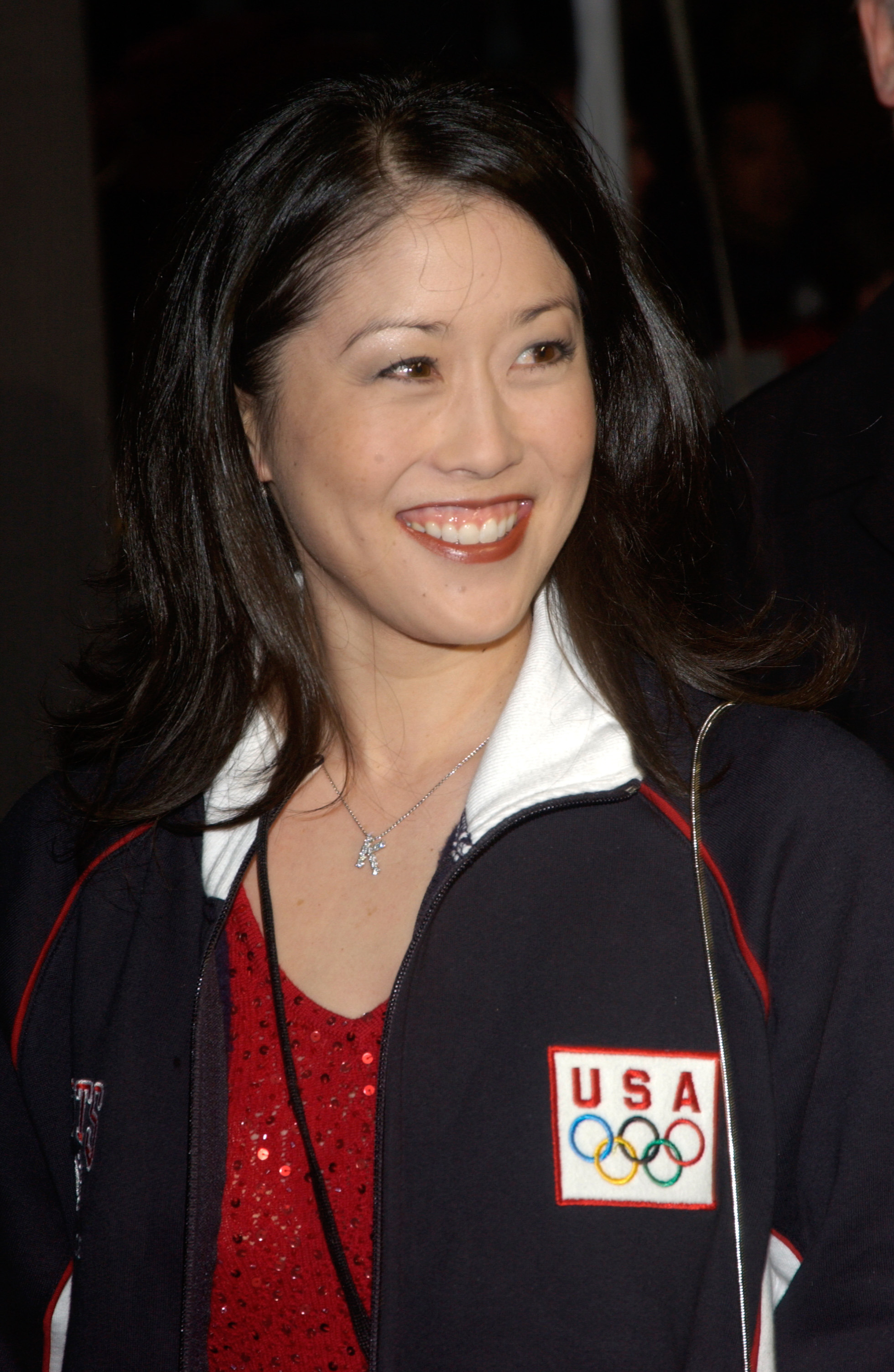Japanese American Women – Three Generations 1890 – 1990
by Mei Nakano

Sawano Hamamoto, Issei young woman age 16 in 1911. Photo courtesy of Yukio Tazuma.
Japanese women began trickling into this country around the turn of the century, then in sizable numbers around 1915. They came most frequently as picture brides, strangers to their husbands, strangers to the country. Then, in 1920, the immigration of brides was abruptly cut off, thus setting off the discrete generational pattern that was to distinguish the Japanese American population.
They came for a number of reasons, these brides, reasons that did not necessarily parallel those of their European counterparts. Some came to carry out the wishes of the parents, who had made the match. Others came because it presented a last hop for marriage. A few came for the adventure this country offered and bore dreams of an idyllic and romantic pioneer life.
Whatever their motives, the majority were disappointed. But they had committed themselves, and for that reason alone, most stayed. Never quite at home in this country in their early years, a country so alien to their own, they sacrificed their won aspirations and labored to give everything to their children.
The story of Issei women, is thus appealing, rife with privation and unremitting pioneer struggle. Because of this, a great deal has been written about them.
Issei woman (first generation) were in as sense cushioned from the rabid racism that prevailed against the Japanese in the country before World War II. They retained their cultural values and were able to find meaning in their circumscribes lives. Thus their sense of selfhood remained for the most part intact amid the racist din. And while their marriages were not made in heaven, the unions did satisfy the Issei woman’s concept of her ordained role in society.

Akiko Kurose, Nisei woman. Photo courtesy of the Kurose Family Collection.
The Nisei woman (second generation), on the other hand, had greater expectations. She was a citizen, after all, and when she encountered hate and humiliation because of her face, those things cut deep into her psyche. Moreover, she had to function out there–at school, at work at play–which made her extremely vulnerable.
Then her forced isolation in a concentration camp during the war became for her the perfect metaphor for how the society regarded her, a telling symbol of its disdain. How to deal with it? Change her face? Her values? Her lifestyle? In her youth and state of powerlessness and uncertainty, challenging the government was not a realistic option.
As for sexism, Nisei women long felt themselves in double jeopardy, objects of the sexism of the society-at-large as well as the deeply entrenched one of traditional Japanese society. The Nisei woman expected more of her spouse than did her mother, and for both partners to grow into an understanding of roles that satisfied, was difficult.
To a great degree, Nisei women functioned as bridges between the traditional culture and the new. They understood both languages and the underlying assumptions of both cultures. They passed on some valuable features of Japanese culture to their children, while struggling themselves to become fully “Americanized.

Olympic medalist and former professional figure skater Kristi Yamaguchi is a Sansei woman.
Their daughters the Sansei (third generation), born for the most part between 1940 and 1960, do not speak the language , as a rule. They enjoy options in their everyday lives, Unprecedented in the history of Japanese Americans.
Sansei women marry non-Japanese upwards of 50% of the time. And like their contemporaries, many set up households with male companions without formal marriage. Most are college graduates and work, whether or not they are married or have children.
The choice of careers for Sansei women is almost unlimited. From secretaries to attorneys to television reporters, they find little difficulty landing jobs. At the same time, many complain that few Japanese American women find themselves on the fast track to top-level executive positions in industry or government. The “glass ceiling” that bars women from such positions, they say, is doubly thick above them because they are perceived as passive and non-assertive. They strive to obliterate this stereotype, but in the process, they may be losing more that they are gaining.
One thing is certain. Sansei women recognize many positive Japanese ccultural values that resonate in their thinking and actions. Not the least of these are the sense of the importance of family and a deeply infused sense of obligation and responsibility. And as they merge into the mainstream of American society, they worry that those and other values are being diluted. Will their children inevitable lose the legacy handed down them from three generations before?

